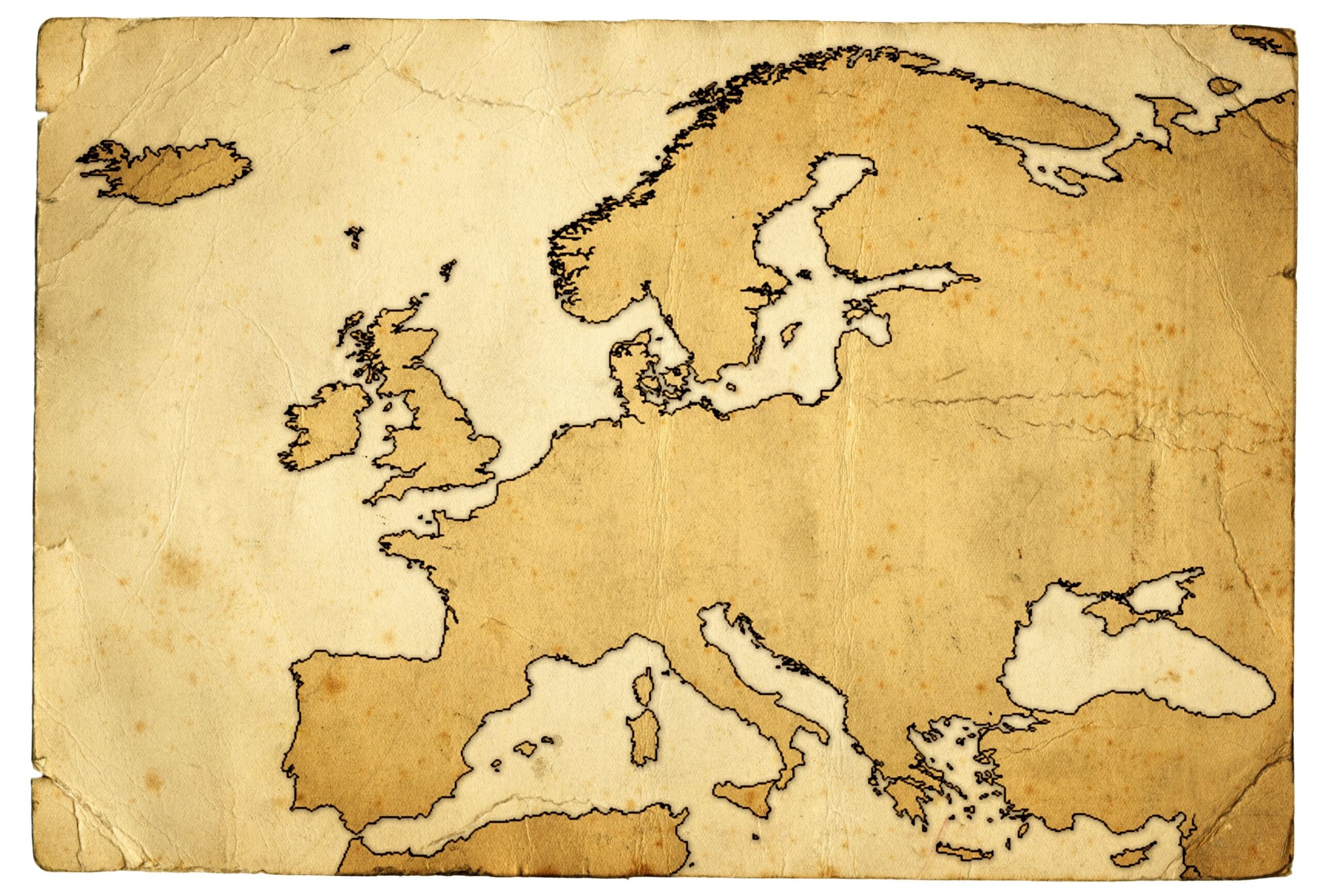 The story of H is really the story of people in modern Europe.
The story of H is really the story of people in modern Europe.
H refers to a maternal lineage – also known as a maternal haplogroup – that originated long ago in the Near East but expanded into Europe with the recession of the last Ice Age. H –with its dozens of subgroups – is the most prevalent haplogroup in Europe today, but it wasn’t always that way.
Recently a team of scientists used DNA extracted from human skeletal remains dating from around 500 years ago to nearly 6,000 years ago to reconstruct what they say is the first detailed genetic history of modern Europe. Modern humans were in Europe as far back as 35,000 years ago, overlapping with Neanderthals who’d arrived first. But in looking at the DNA, specifically the DNA that defines maternal lineages, scientists found that H was very rare in those early hunter-gatherers.
So how did H become so common in Europe?
What about you?
23andMe can tell you where you fall on that maternal family tree with details on more than 750 different maternal haplogroups.
Check out what branch of the human family tree your maternal line falls.
The scientists, who wrote about their findings in a paper published in the journal Nature Communications, theorize that the dramatic shift in haplogroups mirrors different waves of migrations into Europe and the stark change from a hunter-gatherer culture to one dominated by agriculture. The DNA evidence supports this theory, they say, and is bolstered by the archeological evidence. It wasn’t just a movement of ideas and technology that transformed prehistoric Europe, but the movement of people.
“This is the first high-resolution genetic record of these lineages through time, and it is fascinating that we can directly observe both human DNA evolving in ‘real-time’, and the dramatic population changes that have taken place in Europe,” said Dr Wolfgang Haak of the University of Adelaide’s Australian Center for Ancient DNA, a co-author of the study.
The mitochondrial DNA used in this study tells not only stories of human prehistory, but also personal ancestry stories. Everyone can trace his or her maternal ancestry using DNA testing. Your maternal lineage, defined by a type of DNA called mitochondrial DNA, is passed down to you only from your mother, who got it from her mother and so on all the way back in time to “mitochondrial Eve.”
This little piece of DNA is almost totally unchanged through the generations, linking us back through time to our ancient ancestors. The very slow rate at which it changes allows scientists to pinpoint in time major changes in human history such as our migration out of Africa and the patterns of people moving across the planet.
Each time there is a change in that DNA – a mutation – it creates a new “branch” of the maternal family tree – which traces back generations from one mother to the next. By using information from archeology, history and even what we know about changes in climate, we are gaining a better and better understanding of human history.



